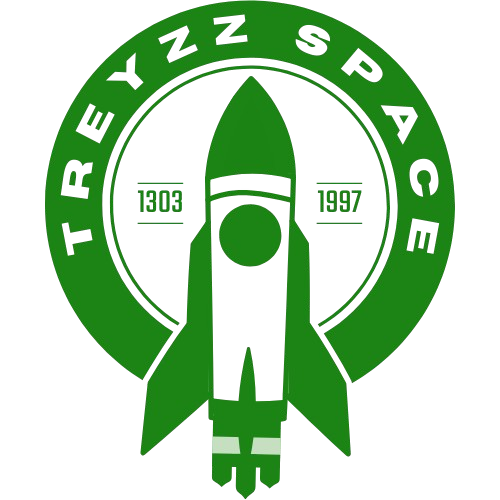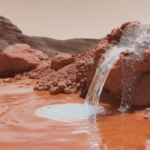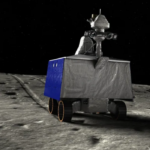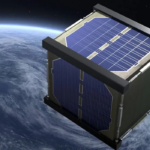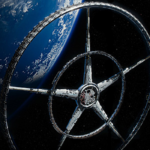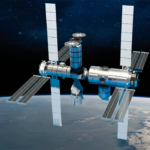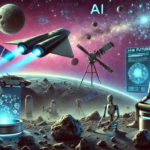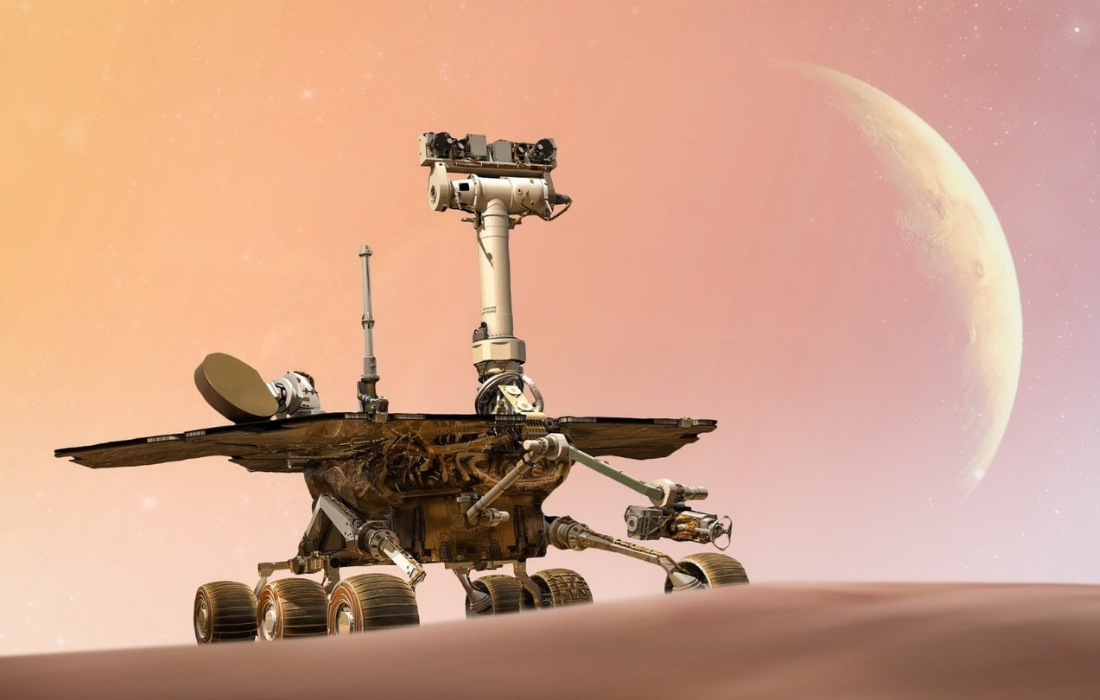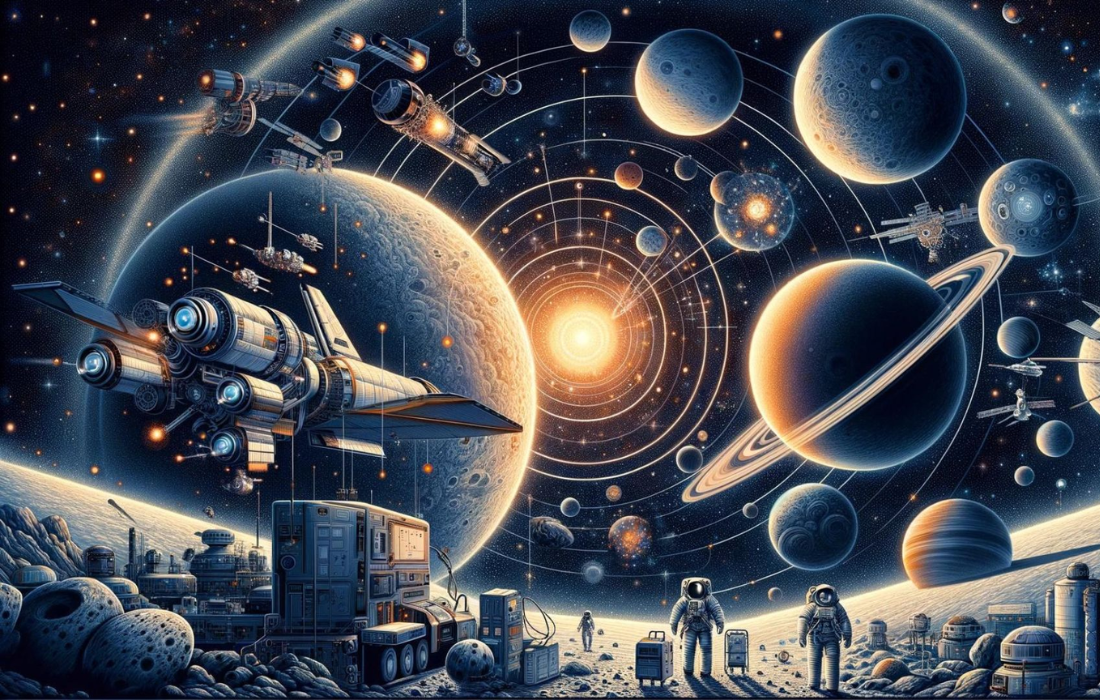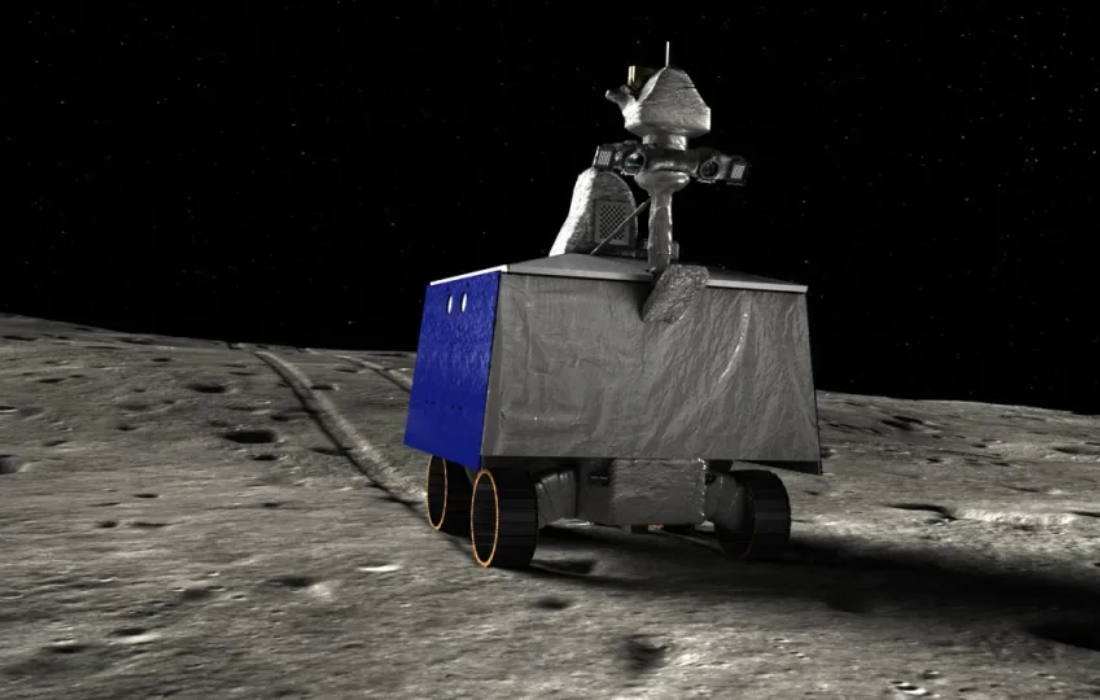Space exploration has long captured human imagination, and as technology advances, robots are playing an increasingly critical role in the discovery of the unknown. Space robots are autonomous or semi-autonomous machines designed to operate in the harsh environment of space. These machines assist or completely replace human efforts during space missions, performing tasks that would be too dangerous, tedious, or physically impossible for astronauts. They are revolutionizing our ability to explore other planets, moons, and beyond Earth’s atmosphere, contributing significantly to scientific research, space exploration, and future endeavors such as colonizing other worlds.
The Role of Space Robots in Exploration and Science
Space robots perform vital roles across numerous space missions, whether they are navigating the surfaces of other planets, conducting long-term scientific research, or supporting human missions. These robots help expand humanity’s reach in space, enabling us to perform tasks in environments where human presence would be hazardous or infeasible.
Key objectives of space robotics include:
- Exploration: Robots venture to distant planets, moons, and asteroids to gather data and relay it back to Earth. This exploration is essential to understanding celestial bodies’ geology, climate, and potential for life.
- Maintenance: Space robots help maintain spacecraft and space stations by performing tasks such as repairing equipment, managing resources, and ensuring missions remain operational.
- Data Collection: Equipped with advanced sensors, robots collect a variety of data—ranging from imagery to chemical analysis—which is pivotal for research, mission planning, and the development of future space technologies.
Types of Space Robots
Space robots come in various forms depending on their purpose and mission. Here are some of the most prominent types:
- Rovers: These mobile robots are designed to traverse planetary surfaces and conduct scientific experiments. Notable examples include NASA’s Perseverance rover, which explores the Martian surface, searching for signs of ancient life and collecting samples for future return to Earth.
- Orbiters: Satellites or spacecraft that orbit celestial bodies to gather data over extended periods. The Mars Reconnaissance Orbiter, which has been orbiting Mars since 2006, provides high-resolution images and helps identify landing sites for future missions.
- Landers: Unlike rovers, landers are stationary robots designed to land on celestial bodies and perform experiments without moving around. The InSight lander on Mars, for example, is studying the planet’s interior and detecting marsquakes to better understand its geological activity.
- Humanoid Robots: Mimicking human movements, humanoid robots perform tasks that are traditionally done by astronauts. NASA’s Robonaut, for instance, was sent to the International Space Station (ISS) to assist astronauts with maintenance tasks and operating tools.
- Space Drones and Autonomous Vehicles: These AI-powered machines explore space autonomously. An example is NASA’s Dragonfly mission, which will send a drone to Titan, Saturn’s moon, to study its prebiotic chemistry and potential for life.
The Role of Artificial Intelligence (AI) in Space Robotics
AI is the backbone of modern space robotics, enabling robots to function autonomously in space environments where human interaction may not always be possible due to communication delays or the complexities of the surroundings.
Key AI Technologies Empowering Space Robots
- Machine Learning: Space robots use machine learning algorithms to learn from past experiences, optimize their performance, and adapt their behavior to new challenges. This helps robots like the Curiosity rover navigate the Martian terrain and select the most scientifically interesting targets.
- Computer Vision: Computer vision allows robots to “see” and interpret visual data, critical for terrain analysis, object detection, and environmental monitoring. NASA’s Perseverance rover, for example, uses computer vision to avoid obstacles and navigate safely on Mars.
- Natural Language Processing (NLP): NLP enables robots to understand and respond to human commands in natural language, which enhances human-robot interaction. CIMON, an AI-powered assistant on the ISS, helps astronauts by providing information, assisting with tasks, and engaging in conversations.
- Reinforcement Learning: This technology helps robots adapt to unpredictable environments through trial and error. Reinforcement learning has been used by autonomous rovers like those on Mars to make better decisions, learn from past experiences, and optimize their behavior.
- Sensor Fusion: Integrating data from various sensors (e.g., cameras, LIDAR, spectrometers) gives robots a comprehensive understanding of their environment, aiding in navigation, hazard detection, and resource identification.
Real-World Applications of AI in Space Robotics
Space robots equipped with AI are used in numerous groundbreaking applications, such as planetary exploration, space station maintenance, asteroid mining, and even satellite servicing. Here are a few examples:
- Planetary Exploration: AI-driven rovers like NASA’s Perseverance and ESA’s ExoMars rover conduct experiments and search for biosignatures, learning from past data to guide future exploration.
- Space Station Maintenance: AI-powered robots such as NASA’s Robonaut and CIMON on the ISS help maintain the station by performing routine tasks, assisting astronauts, and improving operational efficiency.
- Asteroid Mining and Resource Extraction: Autonomous mining robots could prospect, extract, and process resources from asteroids. These technologies promise to unlock new resources for space colonization and exploration.
- Satellite Servicing and Debris Removal: Missions like NASA’s Restore-L and ESA’s ClearSpace-1 use AI to service satellites, refuel spacecraft, and remove space debris, ensuring that space infrastructure remains operational and safe from potential collisions.
- Deep Space Exploration: Future AI-driven spacecraft will explore distant celestial bodies, operating autonomously over vast distances where communication delays prevent real-time human control. NASA’s Voyager missions have been operating autonomously for decades, transmitting data from the edge of our solar system.
Conclusion
AI-driven space robots are transforming how we explore the cosmos. From autonomous rovers on Mars to humanoid robots assisting astronauts in space, AI is enabling robots to carry out complex tasks with greater efficiency and adaptability. As space exploration becomes more ambitious, the integration of AI will play a crucial role in extending humanity’s reach beyond Earth, unlocking the mysteries of other worlds and beyond.
